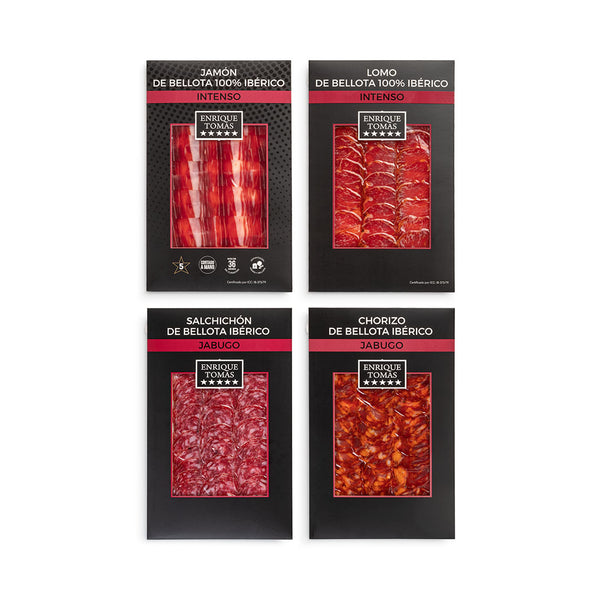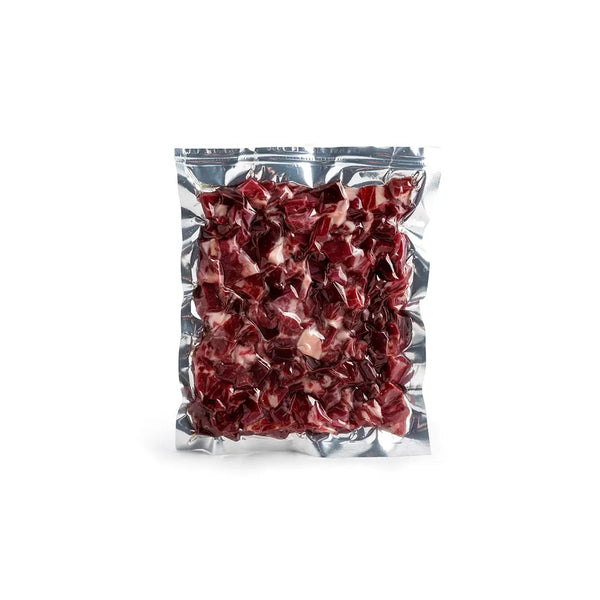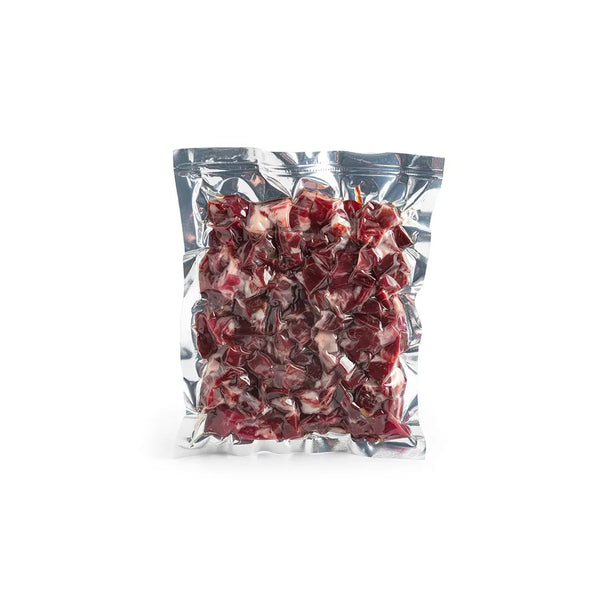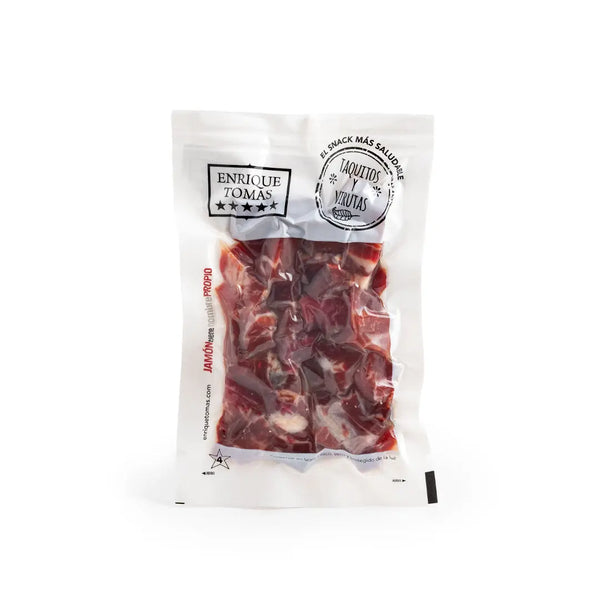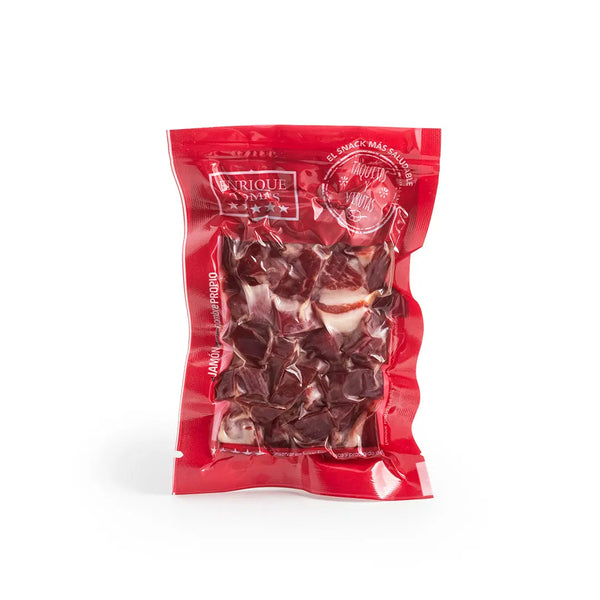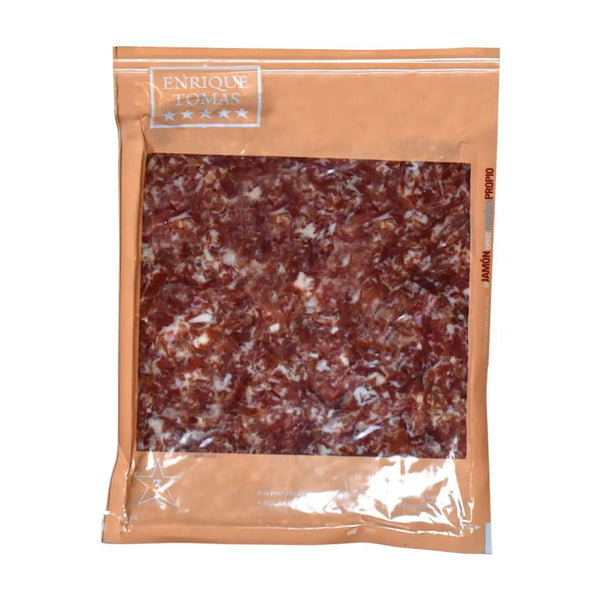
Parts of the Iberian palette
Iberian shoulder is the delicacy produced from the front legs of authentic Iberian pigs, and the main difference compared to ham lies in the taste, which is much more intense in the case of the shoulder. However, depending on where the meat is extracted, it will have different nuances. Get pen and paper; let's take a look at the parts of the Iberian shoulder and the unique characteristics of each.
What Are the Parts of an Iberian Shoulder?
An Iberian shoulder has six parts: the "maza" (thigh), the "contramaza" or "babilla" (foreleg), the "jarrete" (shank), the "codillo" (elbow), the "caña" (ankle), and the "pezuña" (hoof).
Let's take a look at each one:
Thigh ("Maza")
It's the area with the most meat in the piece and has a lot of fat, making it very juicy. If you're going to start with a shoulder at home and want to enjoy this area first, you should place the hoof upwards.
Foreleg ("Contramaza" or "Babilla")
It's the part located on the opposite side of the thigh. It's smaller than the thigh and, therefore, has less meat. As it's closer to the bone, its flavor is more cured. If you want to start cutting your piece here, place the hoof downward.
Shank ("Jarrete")
Located right where the thigh and foreleg meet, the Iberian meat extracted from here is very intense. It's often prepared in small pieces and is irresistible!
Elbow ("Codillo")
This is the part of the piece where slicing usually begins.
Ankle ("Caña")
This is the part where the hand is placed when cutting Iberian shoulder. There is little ham in this area, and it's very cured, making it more challenging to extract. Only skilled cutters can make delicious small pieces from here.
Hoof ("Pezuña")
For simplicity, it's the pig's "foot." Regarding the hoof, it's commonly believed that it's of Iberian origin because it's black, but that's not always the case. There are Serrano shoulders, which are not Iberian, that also have a dark hoof, or vice versa. It's best to look at a combination of traits, such as the fat infiltrated into the meat or the more slender legs typical of the Iberian pig.

Parts of the Iberian Shoulder
With that said, many people wonder about the difference between shoulder and ham; well, there isn't just one, there are several! They are made from different areas of the pig and have distinct flavors. Additionally, ham and shoulder don't have the same parts. If you're familiar with the parts of ham, you'll notice that there's one part they have but shoulders don't: the "punta" (point). Meat can be extracted from this part of hams, but not from shoulders. Why? Shoulders end in bone, so there's no meat on the side opposite to the hoof. However, this should not be the sole determining factor when choosing one product over the other. To make a good choice, just consider your personal taste. If you prefer strong flavors, go for the shoulder; if you prefer sweeter and juicier notes, choose ham.
Now that you know the parts of the shoulder, all that's left is to dig in! Buy your shoulder from your trusted Enrique Tomás store, place it in the ham holder, and as soon as you taste it, you'll see!
Bon appétit!
